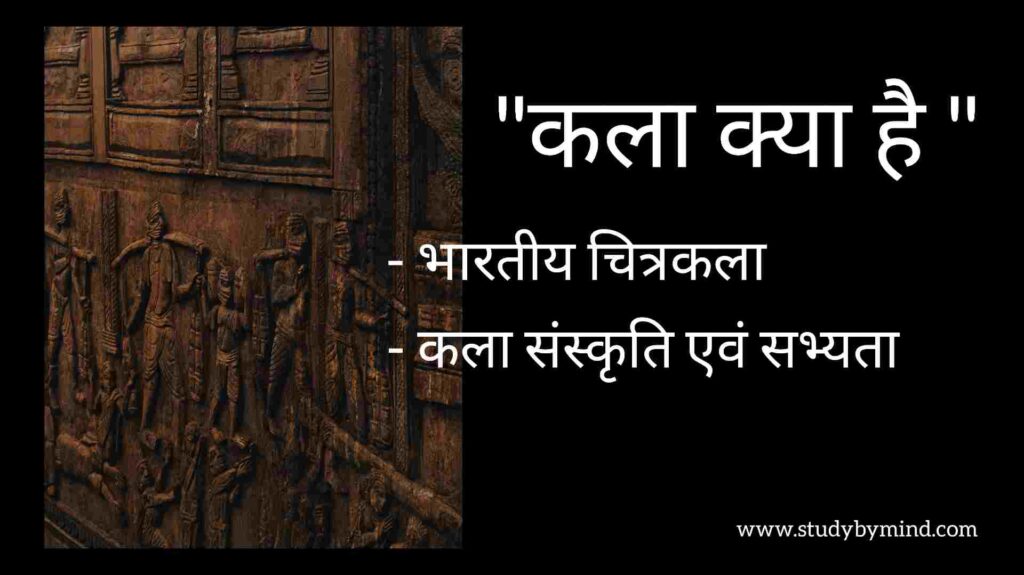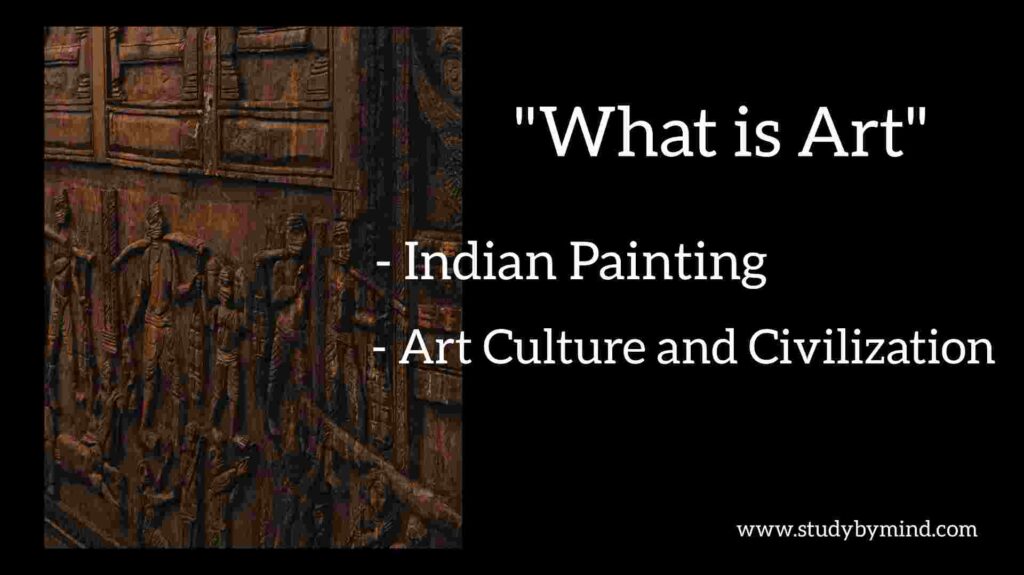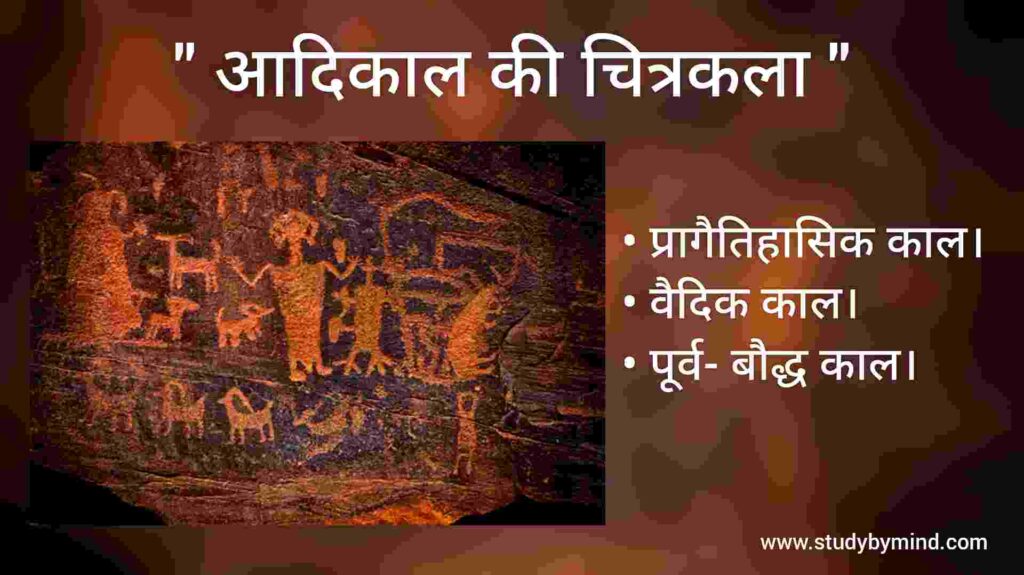Origin of Painting
The history of painting can be considered as old as the history of man. Primordial Ancient Painting- When man saw what he saw with his eyes in the lap of nature, he tried to make it happy and prosperous. And as a result he created such works which can make life pleasant and smooth. From this time the fine spirit of man also awakened and he inscribed the feelings of his mind on the methods of caves and rocks in the form of zig-zag creations made of stone instruments and paintbrushes. The tender feelings of his life and all the tableaux of the life of struggle etc. were made in the form of artifacts by human beings. Which is still safe today. From time immemorial till today man has been expressing his feelings through lines and shapes. Human beings have always depicted their progress, soul and era through lines and shapes. Which today has a definite definition.
आदिकाल की चित्रकला IN HINDI – “ Click here “
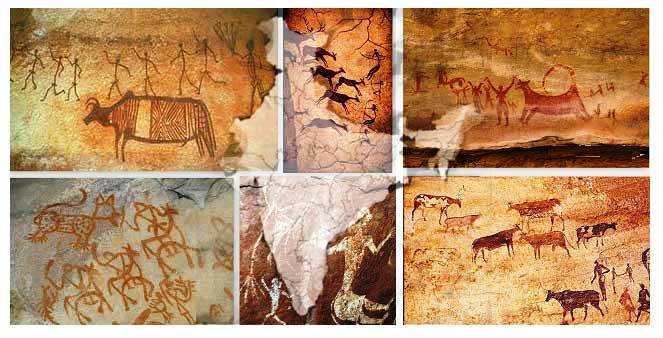
Definition of Painting
“Painting is painting on a flat surface like a wall, a wooden plank, etc., with the help of colors and lines, with the help of length, width, roundness and height, to mark the feelings and life of one’s mind and to give an impression of some form.”
Ancient man Painting
To study the ancient painting of India, we can divide this period into three parts. It has three parts like this –
- Prehistoric period.
- Vedic period.
- Pre-Buddhist period.
1) Prehistoric Art
Man saw his helpless condition after taking birth on earth. His negligible consciousness was awakened in front of the great forces of nature and he made many protective efforts to keep the body safe from cold, heat and rain and also to protect himself from fierce animals. He made stone tools and weapons during this period (6 lakh years BC). So that he can protect his body by hunting and fighting. After thousands of years, in this development sequence, he later took refuge in caves for protection. He experienced the beautiful image of animals in the tender feelings of his life. Which he had engraved on the hard, flat rocks of caves and rocks with a paintbrush and a tank or a sharp stone. Thus he immortalized the sweet and happy moments of his life. He made his residence in the caves of the mountains and in Kandrao. And made many types of weapons. He burnt animal fat and wood to warm and illuminate these candles. And painted on the rough walls and floor of the caves. At this time man exclusively used stone, wood and clay. For this reason, scholars have called this period as the Stone Age.
The Stone Age is divided into three parts –
- Early Stone Age or Palaeolithic Age (from 30,000 BC to 25,000 BC) Paleolithic Age or Mesolithic Age
- Middle Stone Age or Middle Stone Age (from 25,000 BC to 10,000 BC) Middle Stone Age or Mesolithic Age
- Late Stone Age or Neolithic Age (10,000 BC to 5,000 BC or 3,000 BC) Neolithic Age
2) Rise of Vedic Civilization
With the end of the prehistoric period, the metal age coincides with the rise of the Vedic period. The Iron Age started only after the Stone Age in southern India. But only after the Copper Age in northern India and the Bronze Age in Sindh came the Iron Age throughout India. Although many bronze materials have also been found in South India. But it is the latter or has come from another region. 424 examples of instruments made of copper have been found in a village named Gunjeria in Madhya Pradesh. Which is believed to be around 2000 years BC. Similarly, in northern India, prehistoric instruments and weapons made of copper have also been found in Kanpur, Fatehpur, Mainpuri and Mathura districts. And from Hooghly in the north-east to Sindh in the west, examples of copper sickles, swords and spears etc. have been found. The Copper and Bronze Age had emerged in northern India long ago. And the Iron Age had started even before South India. There is also evidence that at the time of Alexander’s attack on India, Indians used steel and iron bladed arrows in the war. But very few examples of art of this time have been found. Examples of Bronze Age art have been found only from the excavations of Mohenjodaro and Harappa. Mohenjodaro and Harappa were located in the valley of the Indus river. And here a high civilization developed. For this reason scholars have called it by the name of Indus Valley Civilization. And this Vedic civilization was spread over the plains of vast northern India.
Painting of Vedic Period
From the south side of the Ural Mountains, between the 3rd century BC to the 2nd century BC, the Aryan races came to Europe, West Asia and India for further longitude residence. These castes started to establish their influence in Asia and India. The Indo-Aryan race broke away from the Iranian Aryan race 2000 years before Christ and the people of the Indo-Aryan branch came to India from Turkistan via Afghanistan. These people lived in villages with houses made of wood and mud with ramparts. The history of this period is ambiguous, meaning the progress of painting of this period can be obtained from literary works such as the art episodes found in Vedas, Mahabharata, Ramayana or Puranas. And all the pictures that have been received so far are of ordinary level. These paintings are found today only in the cave of Jogimara. Otherwise, to estimate the painting of this period, one has to rely on literary contexts.
3) Pre-Buddhist period
The special development of painting in the pre-Buddhist period is not attested. Because Lord Buddha himself exhorted his followers not to be inclined towards painting. There is no evidence of painting of this period. And it is only from the Buddhist literature of this period that the knowledge of the practice of painting in the society is known.
Mention of painting in Vedic and pre-Buddhist literature
Apart from Jogimara, it is believed that cave temples may have been constructed by cutting more rocks. And they must have been decorated with murals. But they must have been destroyed due to the extremely rainy climate of India. At this time raw bricks and wood were used in the construction of buildings or houses. Due to which this building must have been destroyed soon. It is also estimated that the surface of the walls of these houses was plastered. And most of the paintings decorated the reefs.
These were quickly destroyed, due to which the remains of any of these buildings could not be found, from which a good knowledge of painting could be obtained.
Examples of early Painting
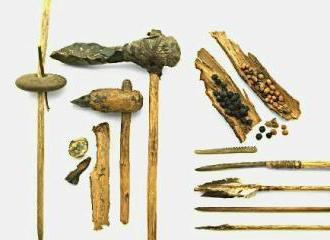
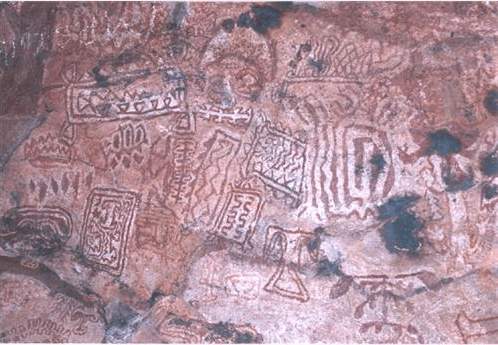
Six parts of painting
Yashodhara has given six parts of Akhyakhya or Shilpa (painting) which are as follows –
- metaphysics – knowledge of vision
- Proof – Correct proportions, sizes and textures
- In the expressions, the viewer should see the feeling of the painter’s heart.
- Lavanyayojana – Incorporation of artistry and beauty
- analogy – the same shape of the forms seen
- Pigmentation – artistry in the use of colors and paintbrushes
The observance of these 6 organs was considered necessary in ancient Indian art. These 6 parts of painting have been followed in the painting of Ajanta, Bagh etc. According to the principle of art, it is believed that without proper display of these 6 organs, the picture appears lifeless.
See Also
- Art History – What is Art? – ” click here “
- History of human – “ Click here “
- Ancient art – ” click here “
